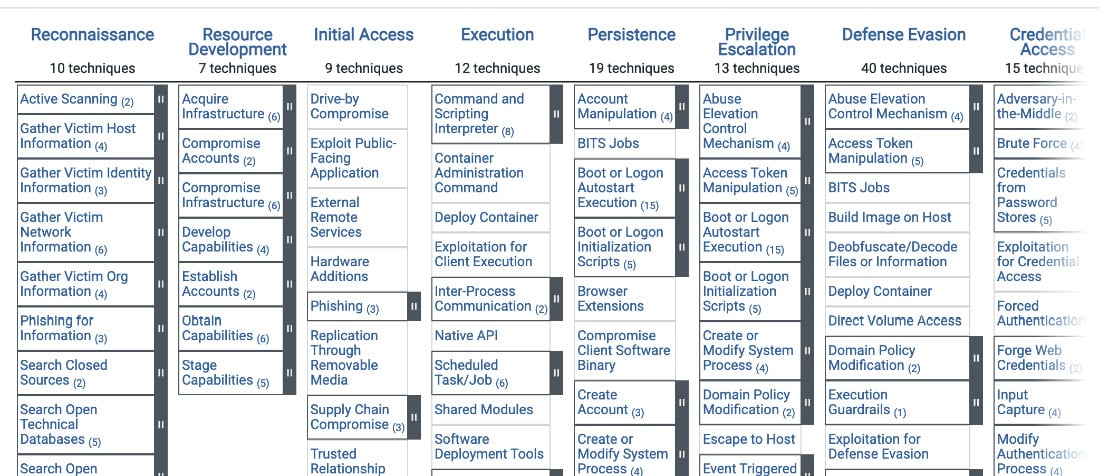Overview of this book
New and developing technologies inevitably bring new types of malware with them, creating a huge demand for IT professionals that can keep malware at bay. With the help of this updated second edition of Mastering Malware Analysis, you’ll be able to add valuable reverse-engineering skills to your CV and learn how to protect organizations in the most efficient way.
This book will familiarize you with multiple universal patterns behind different malicious software types and teach you how to analyze them using a variety of approaches.
You'll learn how to examine malware code and determine the damage it can possibly cause to systems, along with ensuring that the right prevention or remediation steps are followed. As you cover all aspects of malware analysis for Windows, Linux, macOS, and mobile platforms in detail, you’ll also get to grips with obfuscation, anti-debugging, and other advanced anti-reverse-engineering techniques. The skills you acquire in this cybersecurity book will help you deal with all types of modern malware, strengthen your defenses, and prevent or promptly mitigate breaches regardless of the platforms involved.
By the end of this book, you will have learned how to efficiently analyze samples, investigate suspicious activity, and build innovative solutions to handle malware incidents.



 Free Chapter
Free Chapter

